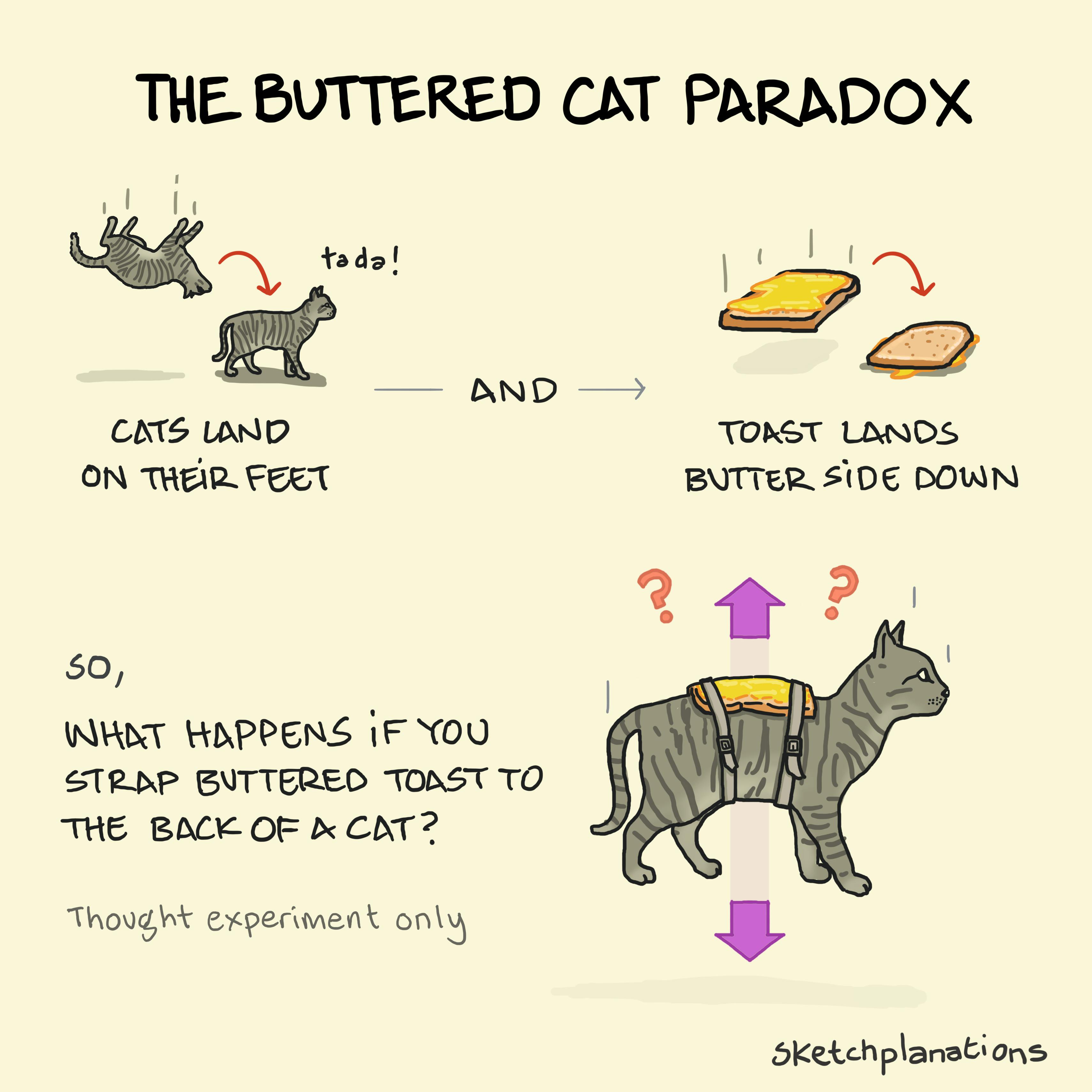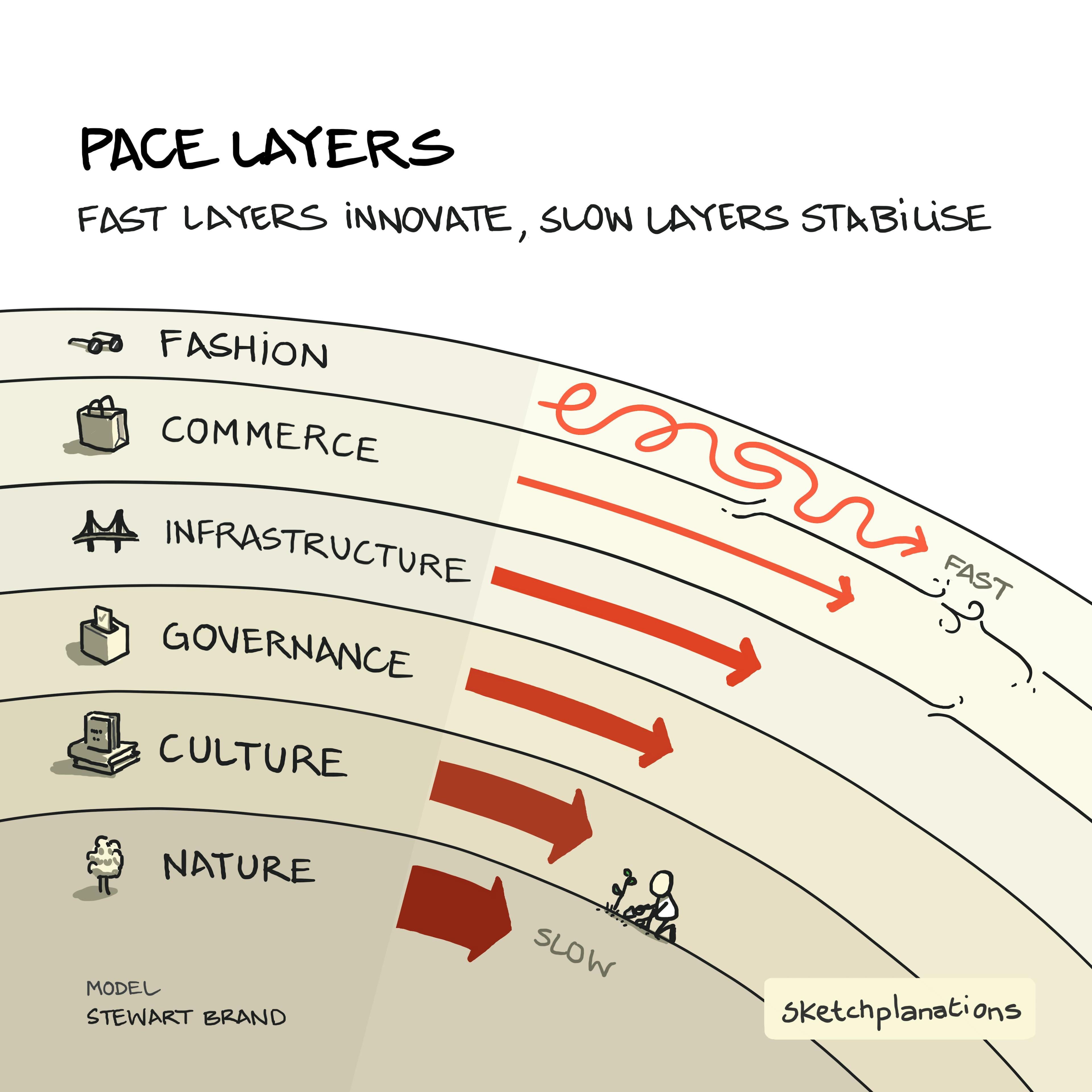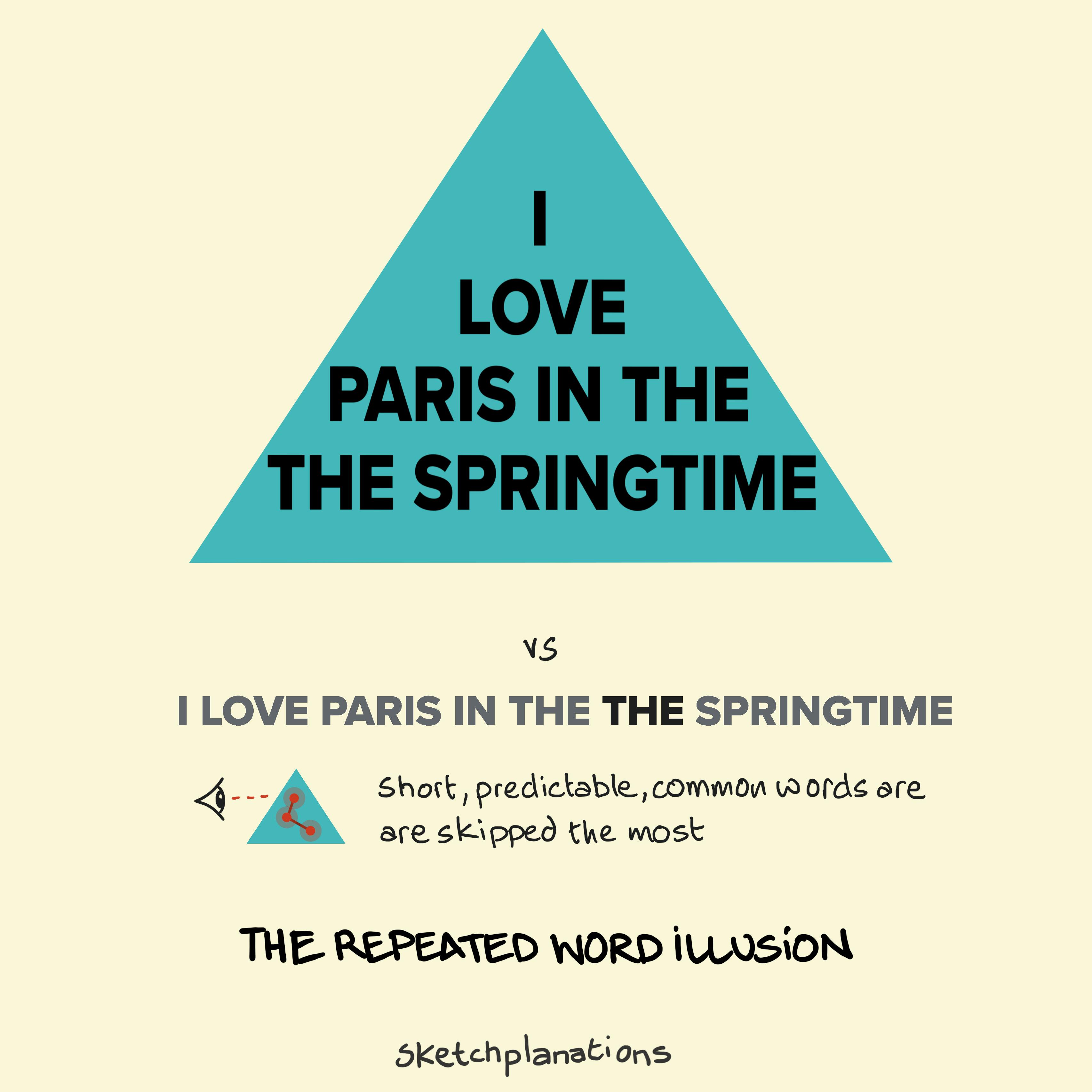
And, above all, never give up
I wanted to share not just a short tribute to Jane Goodall, but also a tribute to Jane’s mother. Parents, after all, play a part in remarkable children. Here Jane shares a lesson from her mother that she clearly took to heart: If there’s something you really want, you’re going to have to work really hard, take advantage of opportunity and, above all, never give up. — Jane Goodall's mother, Vanne Goodall, (as recounted by Jane) It’s simple advice, but Jane embodied it. To her last days, she never gave up fighting for all of us. As she said, “I went to Africa as a scientist. I left the jungle as an activist.” One of her key realisations was that if we want to protect animals and the natural world, we have to help people out of extreme poverty. When you’re struggling to survive, the environment isn't your main concern, and animals can look like food. That’s why, perhaps counterintuitively, I've read that some of the most effective ways to help the planet and its wildlife are to help people out of poverty, and particularly by providing education and opportunities for women. For example, see Factfulness by Hans Rosling. Maybe your kids will hear what you tell them after all. A Little About Jane Goodall If you don't know much about Jane, she left England to study chimpanzees in Africa. She made many new discoveries about their behaviour, such as tool use, and hunting and eating meat. She also saw the threat to their habitat and safety and resolved to do something about it. She founded Roots & Shoots (global, USA), a program with the mission: "To foster respect and compassion for all living things, to promote understanding of all cultures and beliefs and to inspire each individual to take action to make the world a better place for animals, people, and the environment." It particularly focuses on young people. The program continues today through the Jane Goodall Institute. “We have the choice to use the gift of our life to make the world a better place.” — Dr. Jane Goodall Jane shared these lessons from her mother in the course I took from her on Masterclass. Jane has also written many books, though I haven't read them. There are also plenty of talks from her that you can watch online. As a small aside, Masterclass isn't cheap, but if you're at a point where you're ready to pack in some learning, there are some amazing classes and teachers on there. They don't sponsor this newsletter...but maybe they should 🤔 Related Ideas to Above All, Never Give Up Also see: A World of 4 Income Levels: beyond developing and developed Going Out was Really Going In Mangroves There is No Away Climate anxiety and the cure of action Hitched to Everything Else in the UniverseI wanted to share not just a short tribute to Jane Goodall, but also a tribute to Jane’s mother. Parents, after all, play a part in remarkable children. Here Jane shares a lesson from her mother that she clearly took to heart: If there’s something you really want, you’re going to have to work really hard, take advantage of opportunity and, above all, never give up. — Jane Goodall's mother, Vanne Goodall, (as recounted by Jane) It’s simple advice, but Jane embodied it. To her last days, she never gave up fighting for all of us. As she said, “I went to Africa as a scientist. I left the jungle as an activist.” One of her key realisations was that if we want to protect animals and the natural world, we have to help people out of extreme poverty. When you’re struggling to survive, the environment isn't your main concern, and animals can look like food. That’s why, perhaps counterintuitively, I've read that some of the most effective ways to help the planet and its wildlife are to help people out of poverty, and particularly by providing education and opportunities for women. For example, see Factfulness by Hans Rosling. Maybe your kids will hear what you tell them after all. A Little About Jane Goodall If you don't know much about Jane, she left England to study chimpanzees in Africa. She made many new discoveries about their behaviour, such as tool use, and hunting and eating meat. She also saw the threat to their habitat and safety and resolved to do something about it. She founded Roots & Shoots (global, USA), a program with the mission: "To foster respect and compassion for all living things, to promote understanding of all cultures and beliefs and to inspire each individual to take action to make the world a better place for animals, people, and the environment." It particularly focuses on young people. The program continues today through the Jane Goodall Institute. “We have the choice to use the gift of our life to make the world a better place.” — Dr. Jane Goodall Jane shared these lessons from her mother in the course I took from her on Masterclass. Jane has also written many books, though I haven't read them. There are also plenty of talks from her that you can watch online. As a small aside, Masterclass isn't cheap, but if you're at a point where you're ready to pack in some learning, there are some amazing classes and teachers on there. They don't sponsor this newsletter...but maybe they should 🤔 Related Ideas to Above All, Never Give Up Also see: A World of 4 Income Levels: beyond developing and developed Going Out was Really Going In Mangroves There is No Away Climate anxiety and the cure of action Hitched to Everything Else in the UniverseWWW
Read more…






